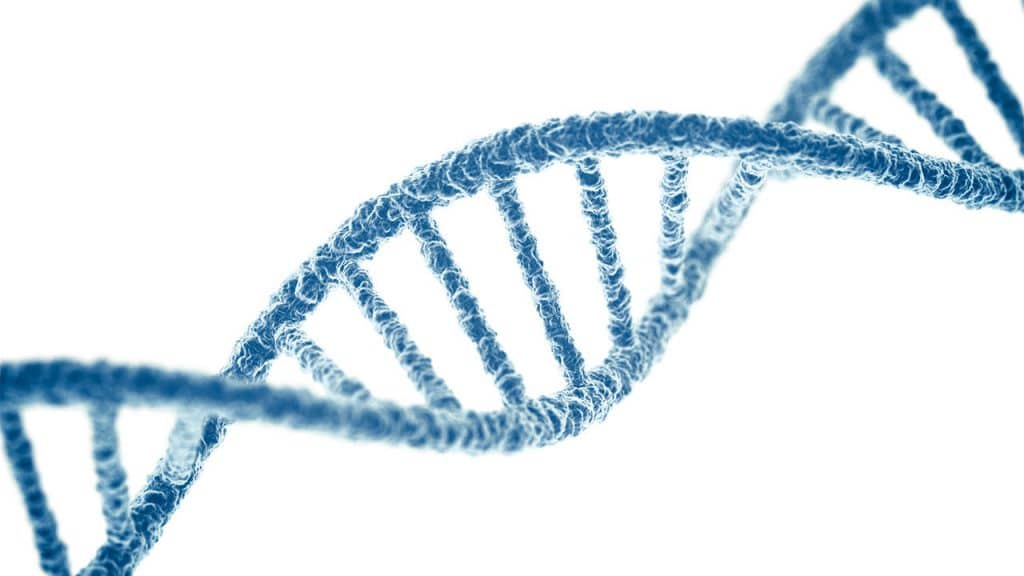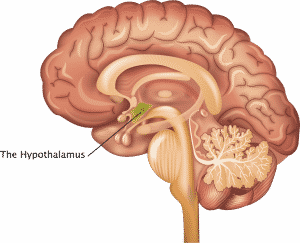A deeper understanding of the complexity of body weight management may help to overcome the perception that obesity is exclusively caused by over-indulgence (Betsy B. Dokken, 2007). Superficially, body weight is determined by energy intake minus energy expenditure – if we have more energy coming into the system than leaving it, weight will be gained. However, regulation of body weight involves compensatory changes in appetite and metabolic efficiency causing you to feel more hungry, and expend less energy while doing the same tasks (Betsy B. Dokken, 2007).
Furthermore, there has been shown to be a very strong genetic predisposition to body weight. Identical twins are generally very similar in weight whether raised together or not. They also respond very similarly to over and underfeeding with regard to weight changes (Bouchard, 1990). It has also been found that adopted children have a weight profile more similar to their biological parents than their adoptive parents, further indicating a genetic factor in body weight (Stunkard, 1986).
We now understand that weight gain is caused by a variety of genetic, physiological, environmental, and psychological factors. Recognising the importance of each of these factors has led us to shift from focusing on lifestyle factors alone, often putting blame on the person for their overweight condition, to a more wholistic approach targeted at all potential causes for weight gain.
How is Weight Controlled?
Weight is controlled by a portion of the brain called the hypothalamus. Each person has an individual ‘set point’ of weight in which the hypothalamus will work to maintain. An individual’s set point is determined by the genes that they inherit – some people have a higher set point and tend to put weight on easily, while others may have a lower set point and are naturally thin.
There is no one gene that controls weight, in fact there are around 100 different genes that contribute to a person’s weight. People with a higher set point tend to have higher levels of the hunger hormone – ghrelin, have a reduced sense of fullness following a meal, and tend to fidget less thus conserving more energy. The hypothalamus works to maintain your body weight around your individual set point by adjusting hunger and energy expenditure (activity and metabolism) causing you to lose or gain weight. This helps explain why when people lose weight, they often put it back on over time. But weight is not entirely determined by genes, our environment plays a significant role as well. Over the past 40 or so years we have seen a dramatic increase in weight gain. This is partly due to more sedentary lifestyles resulting in reduced energy expenditure, and more high calorie foods easily accessible (fast foods).
So, How Can You Successfully Lose Weight?
After following a restrictive diet and maintaining a calorie deficit, the body experiences physiological changes that encourage the body to re-gain weight. Weight re-gain is primarily caused by 3 main factors, controlled by the hypothalamus:
- Hunger hormone is elevated
- Fullness hormone is reduced
- Energy expenditure is reduced
Hunger is the bodies physiological defence against weight loss – this was advantageous for our ancestors but today poses a huge challenge for keeping excess weight off. The increase in hunger hormone that has been observed is why almost 95% of people who lose weight manage to put it back on.
To successfully keep excess weight off, we must combat the bodies natural defences against weight loss – hunger. At Medsana Medical Clinic we have a team of Registered Health Professionals that can help you reach your goals and overcome your bodies natural defences against weight loss. This can be achieved through a combination of education, behaviour therapy, strategy development, goal setting, and medications. Book a free consult today to discuss the best plan for you!
The information in this article has been adapted from:
Alevia Medical Weight Loss (2019), The Science, accessed 08 October 2020 <https://alevia.com.au/the-science/>
Betsy B. Dokken, P. M.-S. (2007). The Physiology of Body Weight Regulation: Are we Too Efficient for Our Own Good? Diabetes Spectrum, 166-170.
Bouchard, C. e. (1990). The Body-Mass Index of Twins WHo Have Been Reared Apart. New England Journal of Medicine, 1477-82.
Stunkard, A. e. (1986). An Adoption Study Of Human Obesity. New England Journal of Medicine, 193-8.
This article was written by April Stevens BSc. MD student.
8th October 2020.



